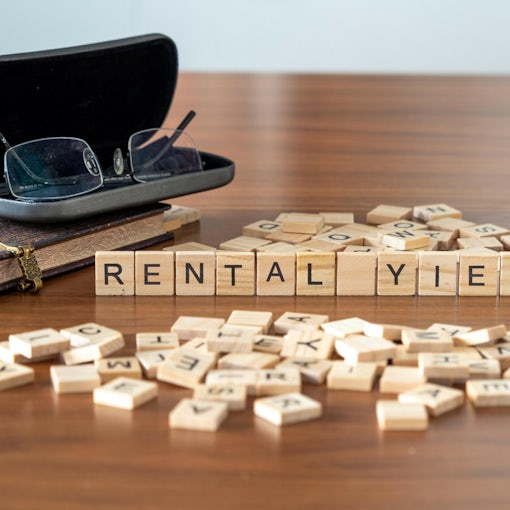When a tenancy comes to an end the return of the deposit is normally a simple administrative matter and the vast majority of deposits are returned quickly and in full. In situations when there is a dispute the tenancy deposit protection scheme would typically adjudicate the matter. In this article we will take a look at the main reasons for deposit returns being disputed in England, Wales and Scotland.

England and Wales
In 2021, according to the Tenancy Deposit scheme statistics, there were a total of 4,242,373 deposits being protected in a government approved tenancy deposit scheme. Of those deposits, there were a total of 29,697 disputes upon return of the deposit. That is 0.7% of all deposits. Of those disputes the largest reason cited was, and has been since 2013-2014, the cleanliness of the property at the time of it being handed back. Cleaning was cited in 49% of the disputes. Next came damage which was cited in 35% of cases, then redecoration which featured in 26% of disputes. After this came rent arrears in 15% of cases and finally gardening in 12% of cases. Clearly, as is shown by the numbers, many disputes arise for multiple reasons rather than any one single reason.
Scotland
In 2021, there were 220,791 deposits being protected but the number of disputes as a percentage of deposits protected lay at 3.01%. The reasons for the disputes, however, are very similar to England and Wales with cleaning being mentioned in 70% of all cases, damage being cited in 43% of cases, redecoration in 20% of disputes, gardening in 15% and rent arrears in 9% of disputes.
How to avoid deposit disputes
Tenancy deposit disputes are not really beneficial to anyone and there are things that a landlord can do to prevent disputes from occurring.
Preventing cleanliness and damage disputes
Quite often tenants will state that the cleanliness or state of repair of the property and garden at the start of the tenancy was not clear or that the tenancy agreement did not make it clear what was expected of them, leading to confusion at the end. It makes good sense, then to make it very clear in the tenancy agreement what is expected of the tenant in terms of cleanliness and looking after the condition of the property and the garden. The landlord or their agent should also take time to explain this to the tenant at the start of the tenancy. A good check-in process will also properly detail the condition of the property before the tenancy starts. The check-in should be thorough and agreed by both parties. At the check-out process, any issues with cleanliness or damage should be clearly highlighted along with the potential costs. It is vital that both processes have evidential photos or videos as proof along with a very clear narrative for each video or photo clearly explaining any issues. One very important thing to do is to make sure that the check-in and check-out is carried out with the tenant present.
Preventing redecoration disputes
The issue with redecoration often comes down to communication. If a tenant asks to decorate the property in their own style, then the landlord should make it clear what is expected when the tenant moves out. If, for example the landlord requires the tenant to redecorate the property back to its original colour scheme at the end then this should be clearly stated in the communication where permission is given to re-decorate. There should also be a re-decoration clause in the contract requiring the tenant to obtain permission before decorating.
The issue of redecoration becomes a little more grey if it is a case of scuffs and marks on walls or woodwork. The requirement is always that the tenant will hand back the property in the same condition as when the rental started taking into account fair wear and tear. There is, however, no common definition of what fair wear and tear is. As a rule of thumb, minor scuffs and marks would be classed as fair but deep scuffs and heavy marking might be excessive as would marks from nails, blu-tack or Sellotape for example. The way to avoid this is to carry out regular inspections and discuss any issues with the tenant early so that expectations are managed. Follow any conversations up with a written record. As for cleanliness and damage, a very detailed check-in and check-out inventory is needed with clear commentary, potential costs for reparation and with the tenant present.
Preventing Rent Arrears disputes
It could be argued that rent arrears should be relatively easy to prove, but that isn’t always the case so a landlord should always keep clear records of what was paid and when. Any agreements on rent payments, be those timings, increases or reductions, should always be in writing with confirmation from the tenant that they agree to and understand the changes. Quite often these things happen as a verbal agreement which becomes hard to prove if needed. Landlords should also be very clear with their tenants whether the deposit can be used for the last month’s rent or not. Some landlords are happy for this, but it can lead to confusion if this is not made perfectly clear.
Deposit disputes are thankfully very rare but there are sensible steps that a landlord can take to prevent any issues becoming a dispute which will save both time and reduce stress on both parties. Avoiding a dispute is always the best course.






